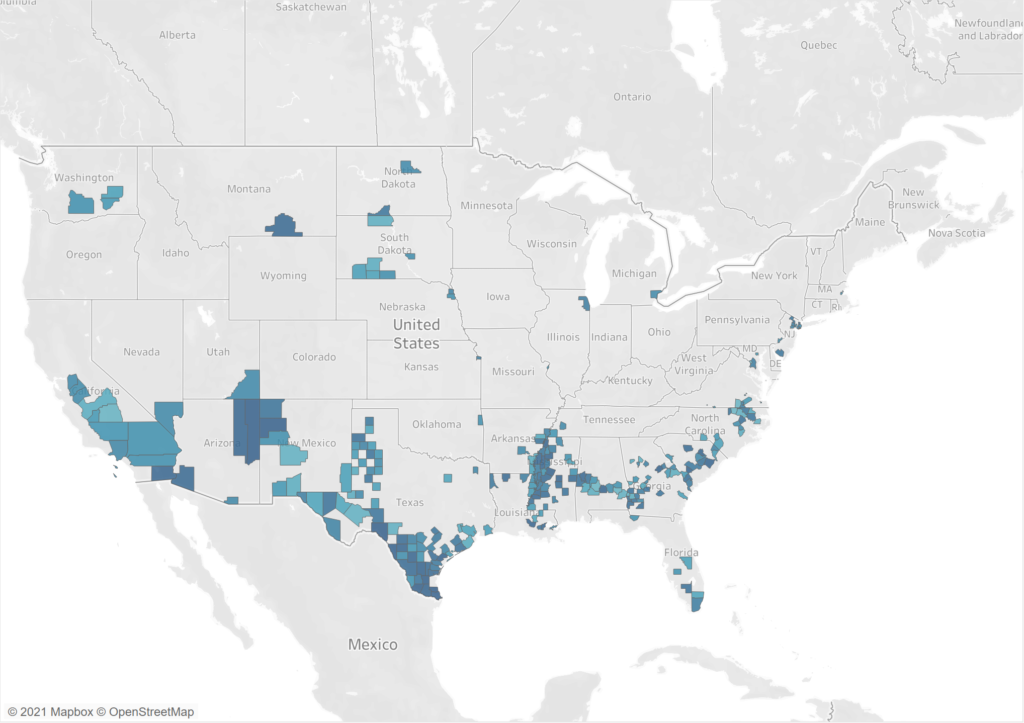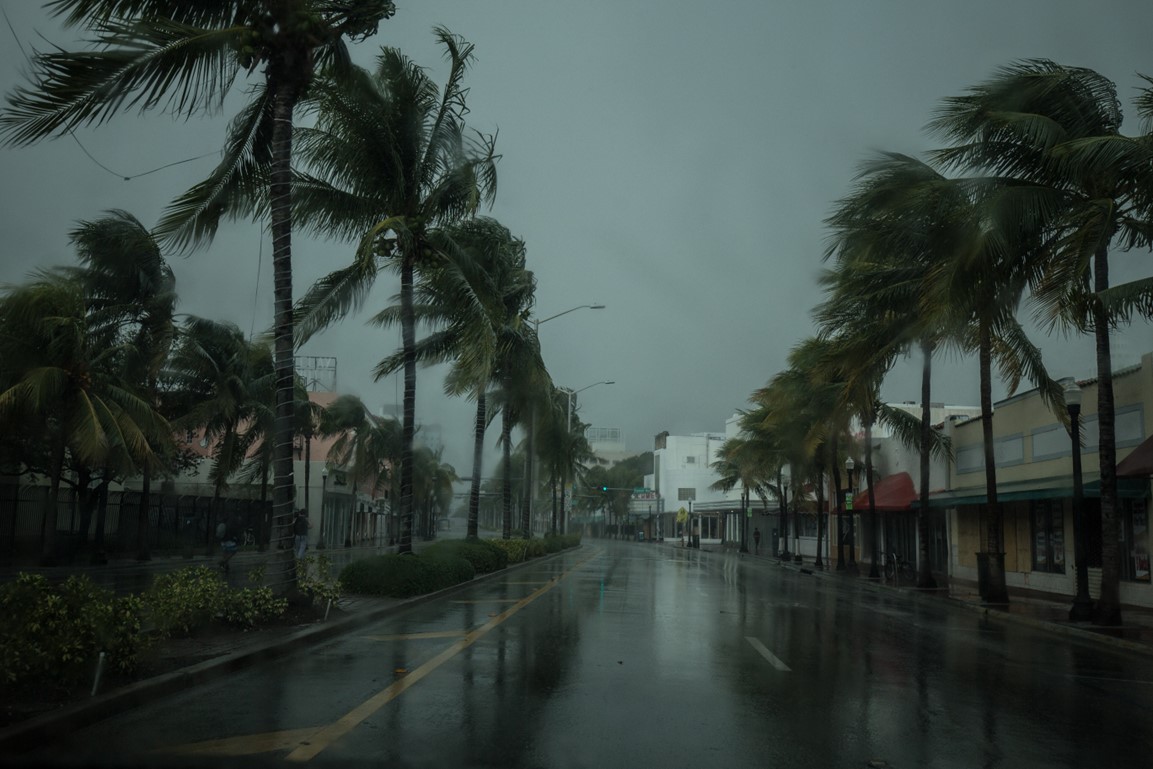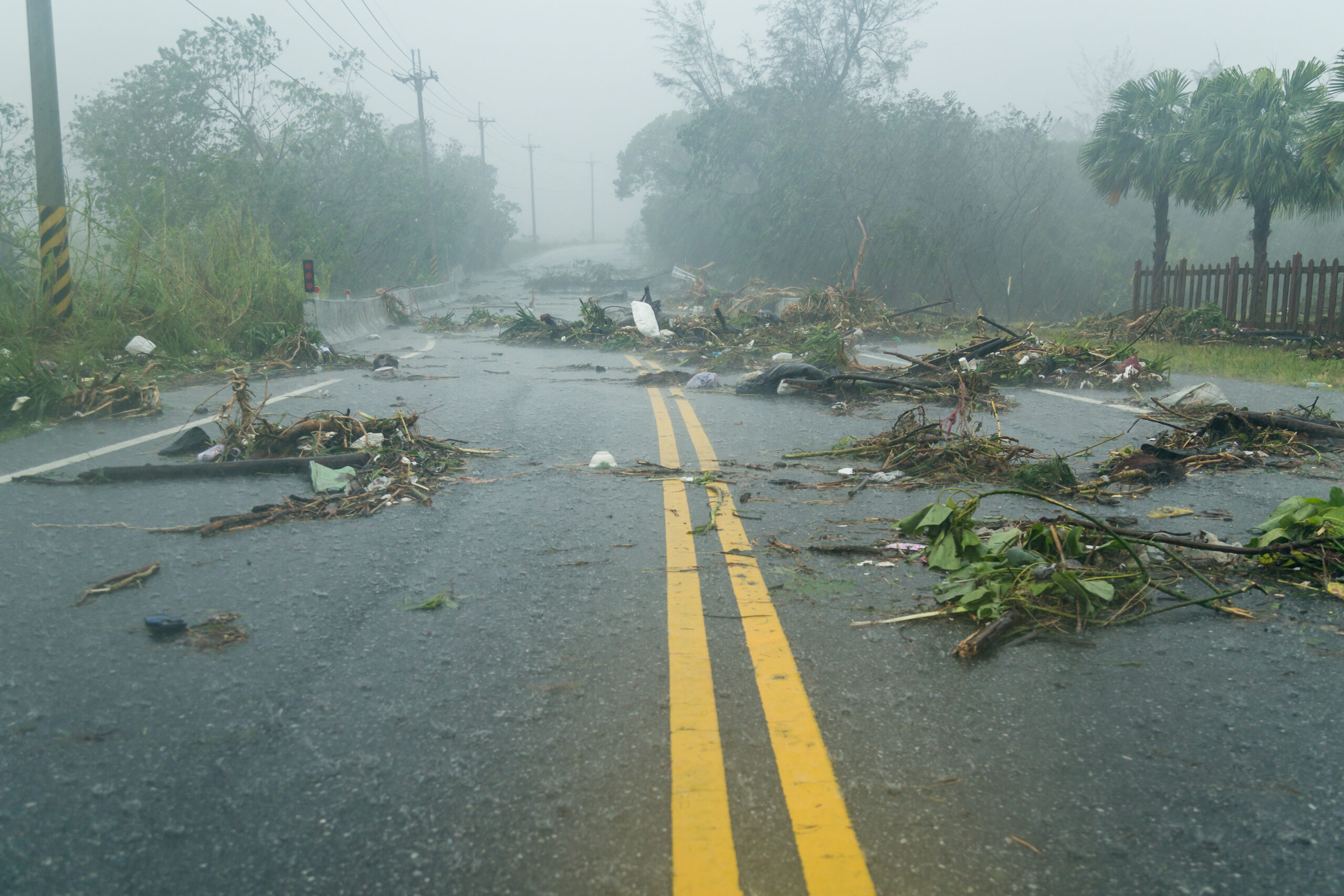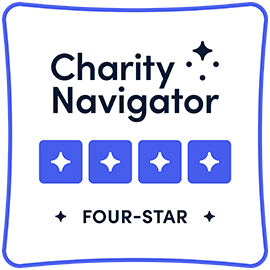The Impact of COVID-19 on Communities of Color (IC3) Project
The pandemic has caused many Americans to face unprecedented challenges in their everyday lives. These challenges—which range from loss of income, problems accessing critical social safety nets, and hurdles in getting medical care—were severe and unexpected. The resulting economic insecurity made it harder for individuals to pay for housing, healthcare treatment, medicine, and household expenses. To add to these financial challenges, the pandemic resulted in increased mental and emotional health pressures as well.
Worst of all, due largely to historical, systemic health and socioeconomic inequities, communities of color and poor communities were those most likely to experience these challenges – on top of greater rates of COVID-19 infection and death.
Recognizing the disproportionate risk and impact on communities of color from the COVID-19 pandemic, Healthcare Ready, with support from the Walmart Foundation, launched a project called The Impact of COVID on Communities of Color (IC3). This project aims to shed light on the concerns and needs of communities in greatest need in order to address disparities in the response (and outcomes) of the pandemic.
The Impact of COVID on Communities of Color (IC3) Project sheds light on the greatest needs of America’s most vulnerable communities to both reduce disparities in response and improve outcomes of the pandemic We partnered with researchers from the University of Maryland and the University of Southern Alabama to use three linked research strategies that allowed us to identify America’s most vulnerable communities and see how they are faring during the pandemic:
- Mapping: Traditional vulnerability analysis/mapping
- Polling: National polling and state-level polling across 15 states with COVID-19 impacts
- Community Interviews: Interviews with community leaders
We have created a series of interactive datasets, data analyses, and community needs assessments to share the results and recommendations from the IC3 project. Keep reading to see what we found, explore the interactive data, and learn about our approach.
Key Findings
Mapping Communities of Focus
We mapped communities that, relative to the US population, are more vulnerable to negative impacts from COVID-19 and other disasters as well as those that had been disproportionately impacted by COVID-19 (as of October 2020). We found:
- Of the 474 counties in the contiguous US that ranked in the top 25 percentile of vulnerability indices we created, 193 (40.7%) were majority non-white. 430 (90.7%) of those 474 counties had greater than 13.7% of the population in poverty (the national average).
- Many of the areas of the country identified as relatively vulnerable based on historical and healthcare-related disparities were also those that are more subject to natural hazards like severe flooding.

Mapping Methodology
At the start of the project, we set out to determine geographic areas on which to center outreach with the aim of generating deeper, location-specific insights for those areas.
To identify these areas, we created an index-based methodology to illuminate areas of the country that were relatively more vulnerable to negative impacts from disasters and had been disproportionately impacted by COVID-19. The index was calculated for all US counties using an index of three measures: CDC’s Social Vulnerability Index (SVI), A Composite Health and Healthcare Index, and COVID-19 data from the JHU COVID-19 Dashboard. The index was then filtered for counties with a majority nonwhite population. Using this filtered calculation, we chose to focus on East Baton Rouge County, Louisiana, and Hidalgo County, Texas for further outreach.
Polling Findings at a Glance
We polled the nation throughout the pandemic to see what challenges US residents have faced as well as what they expect to face in the future.
- Respondents’ emotional or mental health suffered significantly due to the COVID-19 pandemic. One in two respondents (50.0%) said their emotional or mental health situation worsened in October; 5% more said their state worsened in December 2020 (55.0%). In March 2021, even with vaccines being distributed and a sense of normalcy beginning to return, 50.4% of respondents said their emotional or mental health situation worsened.
- In October 2020, December 2020, and March 2021, around one in two respondents (50.0%) said they encountered at least one barrier that prevented them from getting help during the pandemic. Top barriers to help included fear of getting sick and uncertainty about what help was available.
- There were significant differences between demographic groups, including race, in top challenges experienced.
- Hispanic respondents were more likely indicate that the challenge that most harmed them during the pandemic was ability to pay for medicines or treatments compared to White respondents.
- White respondents were much more likely to say that their single greatest challenge during the pandemic was emotional or mental health compared to non-white respondents.
- In October 2020, nearly 1 in 5 Black respondents (18.8%) said fear of mistreatment by those they would seek help stopped them from getting help. This was a significantly different proportion than White (6.3%) and Hispanic (8.5%) respondents.
Click here to explore the interactive poll results for the US.
Polling Methodology: We developed a reoccurring set of polls at a representative level of the nation and 15 different states. The polls were designed to highlight the challenges faced by respondents through the COVID-19 pandemic, as well as to understand how these challenges were handled by individuals, if they sought assistance, if they were successful in receiving assistance, and if the respondents believed these issues would persist. We also asked respondents what barriers they faced that stopped them from getting help during the pandemic. Demographic breakdowns of all poll results were also collected. Demographics included Race, Income, Gender, and Education. For a detailed methodology of our polling approach and a full list our poll questions and answers, click here.
Community Interview Findings at a Glance
We interviewed 30 community leaders in Baton Rouge, Louisiana, and Hidalgo County, Texas – which we chose by mapping communities that were, relative to other areas of the country, more vulnerable to negative impacts of COVID-19 and other disasters — to understand what these communities need for COVID-19 response and recovery. The most prevalent needs that these community interviews raised were:
- Widespread food insecurity, including the loss of regular meals through schools for children;
- Paying for housing and utilities;
- Unemployment / Uncertainty around employment and needs associated with long-term employment;
- Mental/behavioral health needs;
- Increased accessibility to healthcare resources, including transportation and financial support for underserved populations;
- And equitable access to COVID19 healthcare resources
Community based organizations (CBOs) also identified areas of need that should be addressed in order to better serve their mission and help their communities recover from the pandemic. These areas included the need for increased, sustainable funding (specifically, unrestricted funds) and enhanced partnerships as critical organizational needsin recovery from COVID-19.
Click here to see more results from community interviews.
Interview Methodology: We conducted interviews with representatives from 30 community-based organizations (CBOs) in Baton Rouge, Louisiana and Hidalgo County, Texas. In addition to being highly ranked in the index developed in the mapping portion of the project, these areas were selected due to their high exposure to natural hazards, such as hurricanes and flooding. In total, 17 and 13 CBOs responded to interview requests from Baton Rouge and Hidalgo, respectively, that provide services, such as: Healthcare (including direct treatment and transport and financial support) for low-income populations, housing support, and food relief. These organizations were identified through a basic Google search of CBOs in the area and through recommendations from the National Voluntary Organizations Active in Disasters (NVOAD). To learn more about who we interviewed the community and organizational needs surfaced from these conversations, click here.
Additional Analysis Requests
If you are interested in downloading complete data for your own analysis, please contact us at contactus@healthcareready.org.
Check this page often or follow us on Twitter to stay up to date with new analysis and findings.
COVID-19 and Equity Project
Read more about our work on equity during the pandemic: COVID-19: Equitable Response and Recovery






